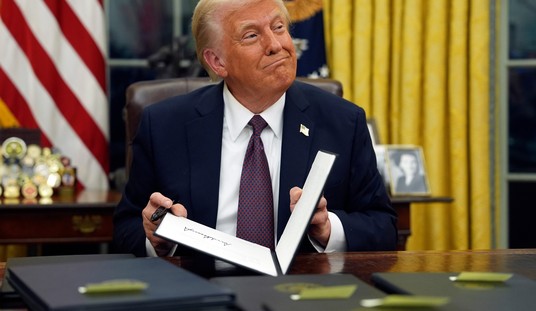We got it in the early 1970s — a Kimball organ that sat in our living room for 20 years or more.
It had single buttons that played whole chords. Other buttons played cymbals, marimba and other rhythmic beats.
I spent hours playing the thing. My father, too — his fingers were so big he had trouble playing just one key at a time — played it often.
And at family gatherings, my mother and her siblings would stand around it for hours, singing holiday tunes and other well-known standards.
I had no idea then how technological innovation made our living room organ possible.
Recommended
In 1933, Laurens Hammond, an inventor and high-end clockmaker, began developing an organ designed to replicate the sound of a pipe organ.
Hammond’s very first organs consisted of spinning wheels — called tonewheels or tone generators — and lots of other electromechanical parts. The machines were extremely well built, and many are still functioning today.
By the mid-1950s, organ makers began replicating the organ sound with lower-cost vacuum-tube technology.
By the late 1960s, vacuum tubes gave way to lower-cost transistor technology. They enabled the development of compact integrated circuit boards — the electronic gizmos that made it possible to produce more sophisticated sounds, such as a marimba beat.
They also allowed organs to be produced cheaply.
And so it was that the 1960s and early 1970s became the heyday of the home organ. Hammond, a high-end organ maker, soon found competition from lower-cost producers such as Lowrey, Thomas and Kimball.
Most malls had an organ store staffed with organ-playing sales representatives. They seduced thousands of suburban dads, such as mine, into digging into their wallets to bring organ music into their homes — something that had been unimaginable to my father as he grew up during the Depression years.
To be sure, our old Kimball organ brought us many hours of amusement. As sophisticated as we thought it was in the 1970s, we would have been shocked had we known what organs would be able to do decades later.
Digital technology has revolutionized the organ, as it has everything else. Today, for significantly less than my father paid for our Kimball in the 1970s, you can buy a digital organ that produces incredible sounds.
If you’re traveling in Europe and come across a pipe organ in a medieval church, you can probably buy sampling software that allows you to reproduce its exact sound in your living room.
And now, artificial intelligence and quantum computing are speeding up innovation faster than ever.
Thanks to such advances, the same spirit of ingenuity that gave us the Kimball organ is now reshaping medicine, manufacturing and even the arts.
We’ve had so much technological innovation in America that we take it for granted — but we do so at our own peril.
Innovators and entrepreneurs are the lifeblood of our economy. We need their inventions, many of them not yet known, to resolve the multitude of challenges we face — and to produce the wealth we need to cover our sizable bills.
If America hopes to stay in tune with progress, we must do everything possible to unleash the productivity of our creative class — to help the next generation of inventors, dreamers and builders strike the right chord.
Find Tom Purcell’s syndicated column, humor books and funny videos of his dog, Thurber, at TomPurcell.com. Email him at Tom@TomPurcell.com.


